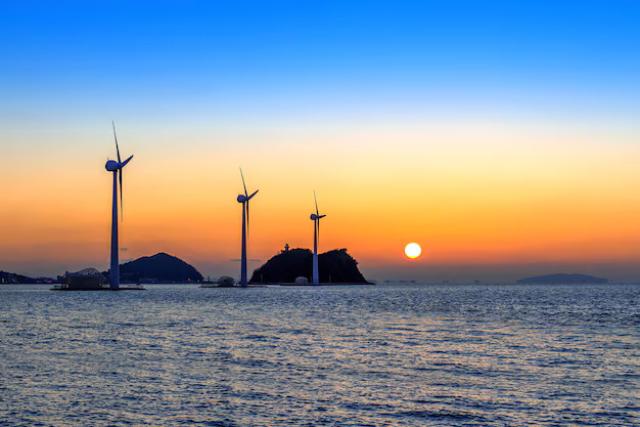
Shifting towards renewable sources of energy is becoming difficult in mitigating change. Offshore wind is considered as a key component to provide clean sustainable energy. Countries are now using offshore wind solution to scale up energy generation and strive to meet renewable energy targets. This blog post provides an overview on the role of offshore wind energy in revolutionizing the global offshore wind industry.
Offshore Wind and Renewable Energy
Offshore wind is considered as the installation of wind turbine bodies in water. It includes those areas that have strong and consistent wind resources. Offshore wind farms are now able to generate large amounts of electricity. This large amount of energy can be harnessed to power homes, infrastructure, and industries. Offshore wind turbines are placed in deep water away from urban areas. It is used to minimize conflict and noise disturbances. The high potential of offshore wind will contribute to clean energy and is important in both developed and emerging economies. These factors will position it as a key player in global renewable energy sources.
Offshore Wind for Clean Energy
Offshore wind is considered the most effective solution to generate clean energy on a large scale. The turbine power of offshore wind makes it stronger and more consistent than those on land. These factors make offshore wind energy a reliable power source. It is vital in those areas that have limited other renewable energy options. Offshore wind is positioned as an essential solution to minimize the dependence on fossil fuels and minimize carbon emissions.
The growing demand for meeting climate goals that are outlines in global Paris Accord. Offshore wind is considered as a powerful solution to fight against global warming. Countries can increase their share of renewable energy sources by scaling up the offshore wind energy. Offshore wind energy will help in reducing greenhouse has emission and help in meeting their renewable energy targets.
Offshore Wind Energy Contribution
The contribution of offshore wind energy in the renewable energy sector can’t be denied. As per the International Renewable Energy Agency, the capacity of offshore wind energy is poise to rise in the coming decade. The sector is accounted for 10-20% of global electricity demand by 2050. The growth is attributed by technological advancement, cost reduction, and increase investment in offshore wind projects.
Offshore wind farms plays an efficient role in various countries by providing renewable power. For instance, U.K. is considered as a center stage of world largest offshore wind farm. Moreover, China and U.S., and other European countries are now making substantial investment in offshore wind to fuel the demand for clean energy.
Offshore Wind in the Energy Transition
As the world is shifting towards sustainable future from the use of fossil fuels. Offshore wind is projected to play a significant role in energy transformation. These factors will contribute to the transition to green energy.
Offshore Wind Industry
The offshore wind energy is rapidly evolving owing to growing demand for clean energy and investment in offshore wind projects. Technological advancement aid in improving efficiency of wind turbines, increase durability, and reducing cost. These factors will help in ensuring that the renewable energy goals are met on large scale.






